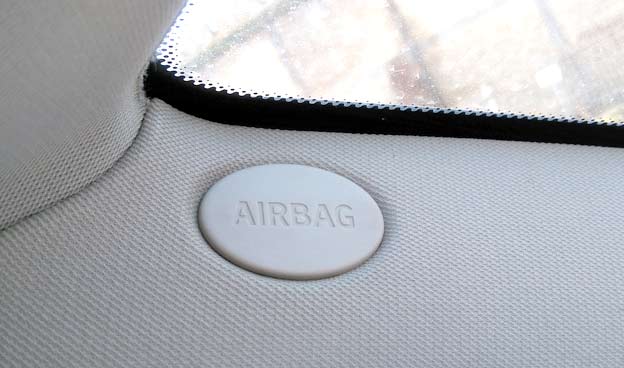Mr. Ikuo Gotoh from Tokyo, who owns several Saab cars (This one in the picture, is his Saab 9-3 2.0T Convertible) and is a member of the Saab club there, recently presented an interesting concept of parking in Japan at one of the social networks where Saab enthusiasts gather.
Most of us know that the inhabitants of big cities in Japan live in a very small area, and the same goes for their cars. It is difficult to find enough space, at any time, so that every vehicle owner can park without any problems.
Because of all this, it is difficult to find parking, especially free parking, while it is a bit easier with paid parking lots. These paid parking lots have various parking payment systems, so Mr. Ikuo presented one of the most interesting ones.
A Floor Flap Parking Payment System
Not only is there no parking space in Tokyo, but parking is also prohibited. Basically, parking on the street is forbidden in Tokyo. But according to Mr. Ikuo, its easy to find pay parking space. Parking lots have flap on the floor.

Self-service Car Parking Control System wit Flaps
Such a floor flap system does not exist anywhere in the world. There are some similar but not quite like this. The flap will up 3 or 5 minutes later when the car once parked. When the driver wants to leave the parking space, he must enter lot No. and paid accordingly – and then flap will be released to drive out.
At first glance, this system may seem anachronistic to you, because you would expect a more “electronic” solution from Japan. But you have to take into account that this solution was created relatively long ago, and that it is effective in practice. It is certain that the parking lot will be paid, and that it will be paid immediately – there is no waiting for payment for the owners of parking lots. It’s a more mechanical system but it’s a better system in terms of implementation.
Here is information for those who are afraid that their car may not be scratched or damaged in the lower part, where the flap is raised. Flap moves slowly and extreme low “rider” does not park on this flap parking lots. When you pay the parking flap is lowered, and you can safely leave the parking space.
Where to Park in Japan?
Well, here is another piece of information for those who are wondering how much parking costs in Japan. Its depends on location – Downtown in Tokyo is expensive. Compared to the rest of the world, Japan (or Tokyo) is in second place in terms of the cost of parking, just behind Hong Kong. Hong Kong’s monthly median parking rate was $744.72!

In the very center of Tokyo, the price of one hour of parking ranges from 100 to 500 Japanese yen, which is from about 1 to 5 dollars per hour. So the price of all-day parking at these locations can cost you up to $ 120!
And specifically this parking lot mentioned by Mr. Ikuo, is located in the residential part, This parking in residence area is 200 yen every 20 minutes – which means a whopping $ 6 per hour of parking.












Thats coin parking in Japan.
he most hunted people in the whole world, are car owners
I’m guessing, but I could be a self pay lot that holds your vehicle up until you pay to lower it so you can drive away. Just guessing here. 😂😂
Tim Lewis its a kind of wheel lock that locks the car in place until you paid the parking fee.
I THINK it’s security, stops the car being moved as wheels wont go over it? 🤷♂️